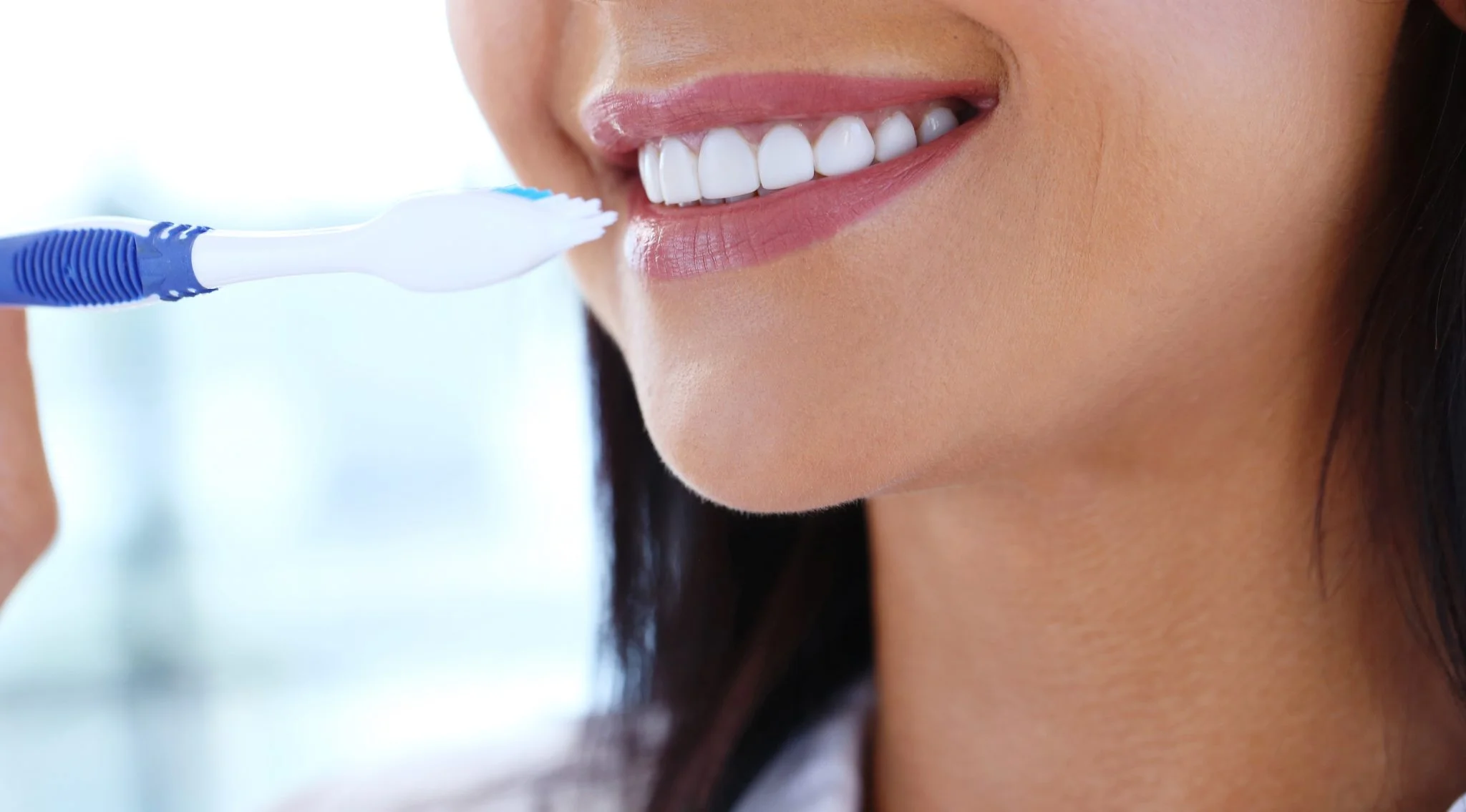What is Tooth Surfaced Cleaning?
We recommend a dental surface cleaning during regular dental check-ups. Dental surface cleaning is also called as tooth cleaning and total oral care.
One of the most frequently asked questions on this subject is “Should everyone have a dental cleaning every six months?”.
As Lotus Dental, we recommend regular dental check-ups every six months absolute necessity. Our dentists decide on the need for total dental care or teeth cleaning during this control examination.
In short, we do not apply oral care to every patient every six months. This may not be necessary in patients who take very good oral care.
The second most frequently asked question about dental surface cleaning is “Is tooth surface cleaning harmful?”.
If total dental care and curettage operations are performed using the right materials, they do not harm dental tissues. We can define the correct application in a simple way as follows:
“Dental calculus (tartar) is broken with devices that work on the principle of ultrasonic or piezoelectric energy (vibrating). When these devices are used with the right technique and well-maintained tips, they break and separate tartar from the tooth without damaging the dental tissues. However, piezoelectric devices should not be used in patients with cardiac pacemakers.”
Finally, we would like to clarify another question from some patients who have had dental cleaning; “After the dental cleaning process, there were gaps in my teeth, my teeth ached a lot, I wonder if my teeth were damaged?”
Tooth Sensitivity
In some cases, excessive tartar accumulation can cause patients’ gums to recede and root surfaces to be exposed.
Root surfaces, which should normally be covered with bone and gum, can be exposed after cleaning, causing tooth sensitivity. Because unlike the crowns of the teeth, which are visible in the mouth and covered with a very hard and insulating enamel layer, the root surfaces are covered with a softer and more sensitive cementum layer.
“So should we leave tartar unremoved so that the sensitive root surfaces are not exposed?”
Of course not; uncleaned attachments can cause gum disease to progress and the roots to lose bone support. For this reason, we apply sensitivity and remineralization treatments after cleaning applications to prevent such situations.
In other words, if you feel that your teeth are spaced after scaling, this is because your tartar accumulation is dense, your tongue and lips have become accustomed to these stones over time, and these stones cause recession in your gums.
What is Root Surface Curettage?
Finally, let’s talk about a topic that is never asked but we want to open up; “What is root surface curettage and detoxification, is it done for every patient?”
In some patients with advanced gum disease, the tight connection between the gums and tooth surfaces may start to deteriorate. This process may continue with the bone around the root starting to dissolve. In this disease, which we call periodontitis, gum pockets form. The inside of these pockets and the root surfaces facing here are filled with disease-causing microorganisms and their residues. In such cases, root surfaces may need to be curetted following tooth cleaning.
In addition, detoxification can also be performed inside these pockets with dental laser devices. These procedures are usually performed in the sessions following the first stage of tooth surface cleaning and polishing.




